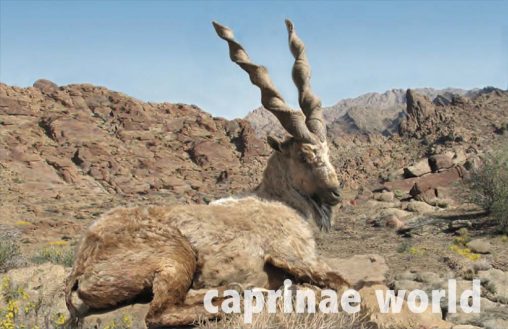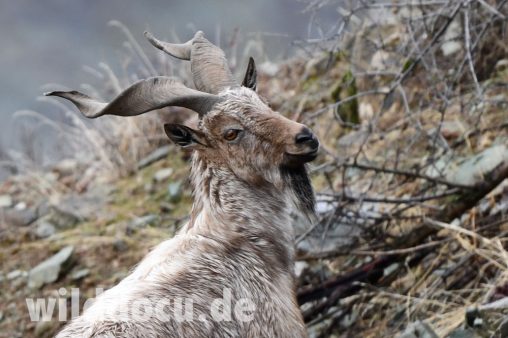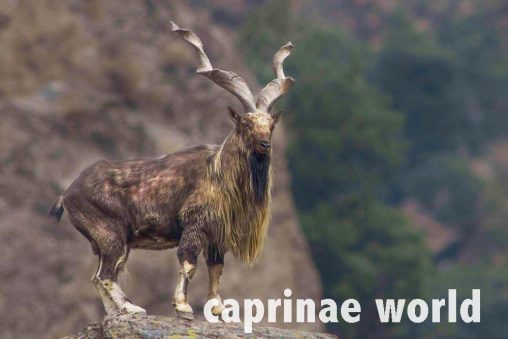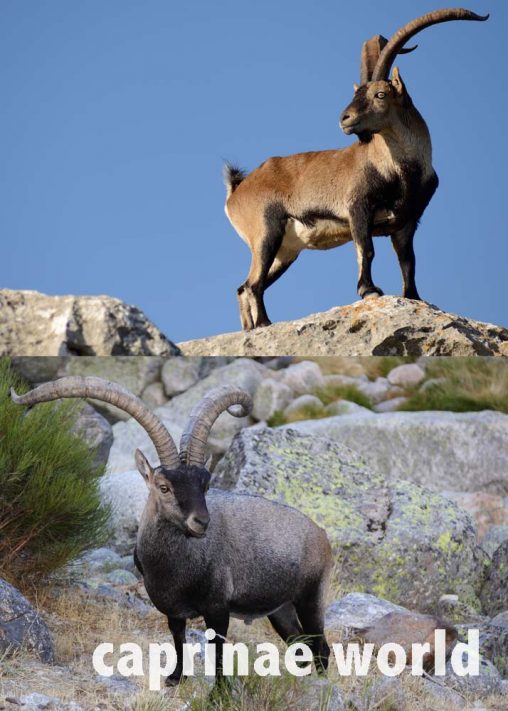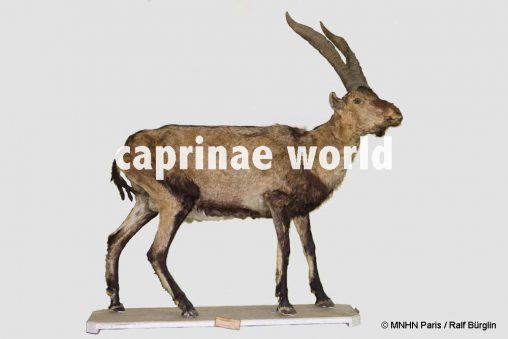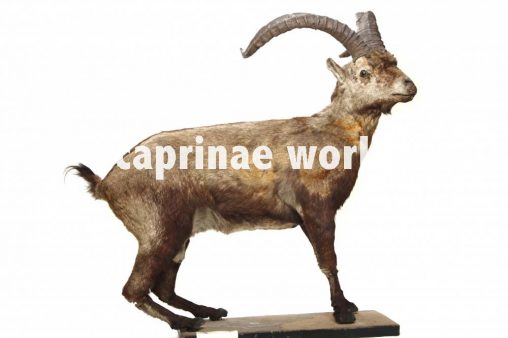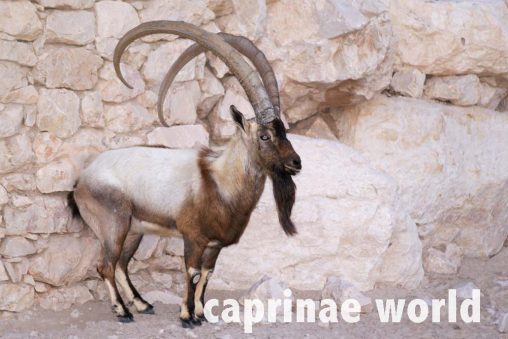- Travel
- Kefalonia, 2024
- Dubai, 2024-01
- Georgia, 2023-10
- Greece, 2023-05
- Kenia, 2023
- Turkey, 2022
- Norway, 2022
- Greece, 2022
- United Arab Emirates, 2022
- Sweden, 2021
- Romania, 2021
- Hungary, 2021
- Slovakia, 2021
- Austria, 2021
- Afghanistan, 2020
- Darwaz, Tajikistan 2020
- USA Southwest, 2019
- Dovrefjell, Norway 2019
- Mosor and Biokovo Mountains, Croatia 2019
- Rini Mountain, Yunnan, China 2018
- Kyrgyzstan 2018
- Chartreuse, France 2018
- High Tatras, Slovakia 2018
- Mishmi Hills, India 2017
- Slovenia + Risnjak NP 2017
- Mandra Edera, Sardinia 2017
- India (North-east) and Bhutan 2016
- Cyprus 2016
- Corsica, France 2016
- Ladakh, India 2015
- Abruzzo National Park, Italy 2015
- Qinling Mountains, China 2010
- Novosibirsk, Russia 2009
- St. Lucia Lake, South Africa 1998
- Ralf's books
- Ralf's magazine articles
- Other projects
- Caprinae World
- Caprinae Species
- Takins (Budorcas taxicolor)
- Musk Oxen (Ovibos moschatus)
- Chiru (Pantholops hodgsonii)
- Arabian Tahr (Arabitragus jayakari)
- Himalayan Tahr (Hemitragus jemlahicus)
- Bharal (Pseudois nayaur)
- Serows (Capricornis sp.)
- Sumatran Serow (Capricornis sumatraensis)
- Himalayan Serow (Capricornis thar)
- Encounter with a Serow in the Mishi Hills
- Chinese Serow (Capricornis milneedwardsii)
- Indochinese Serow (Capricornis maritimus)
- Burmese Red Serow (Capricornis rubidus)
- Japanese Serow (Capricornis crispus)
- Taiwan Serow (Capricornis swinhoei)
- Gorals (Nemorhaedus sp.)
- Himalayan gorals
- Himalayan Brown Goral (Nemorhaedus hodgsoni)
- Himalayan Gray Goral (Nemorhaedus goral)
- Chinese Goral (Nemorhaedus griseus)
- Burmese Goral (Nemorhaedus evansi)
- Long-tailed Goral (Nemorhaedus caudatus)
- Red Goral (Nemorhaedus baileyi)
- How to make a distinction between goral and serow?
- How to tell the sex of gorals by the horns
- Mountain Goat (Oreamnos americanus)
- Northern Chamois (Rupicapra rupicapra)
- Alpine Chamois (Rupicapra rupicapra rupicapra)
- Chartreuse Chamois (Rupicapra rupicapra cartusiana)
- Tatra Chamois (Rupicapra rupicapra tatrica)
- Balkan Chamois (Rupicapra rupicapra balcanica)
- Carpathian Chamois (Rupicapra rupicapra carpatica)
- Anatolian Chamois (Rupicapra rupicapra asiatica)
- Caucasian Chamois (Rupicapra rupicapra caucasica)
- Southern Chamois (Rupicapra pyrenaica)
- Ibex (Capra sp.) - monotypical species
- Asiatic Ibex (Capra sibirica)
- Iberian Ibex (Capra pyrenaica)
- West Caucasian Tur (Capra caucasica)
- East Caucasian Tur (Capra cylindricornis)
- Markhor (Capra falconeri)
- Wild Goats (Capra aegagrus and Capra hircus cretica)
- Aoudad (Ammotragus lervia)
- Mouflon (Ovis aries musimon and Ovis gmelini)
- Urials (Ovis vignei)
- Argali (Ovis ammon)
- Nilgiri Tahr (Nilgiritragus hylocrius)
- Snow Sheep (Ovis nivicola)
- Dall's Sheep (Ovis dalli dalli)
- Stone's Sheep (Ovis dalli stonei)
- Bighorn Sheep (Ovis canadensis)
- Fauna von Endenburg
- 1000 Kilometer zu Fuß über die Rockies
- Equipment
- About Ralf Bürglin
- Contact


